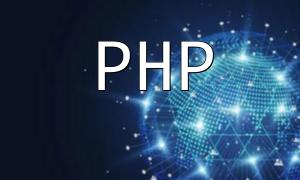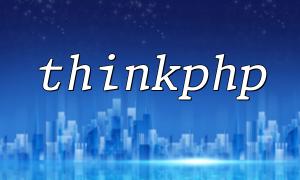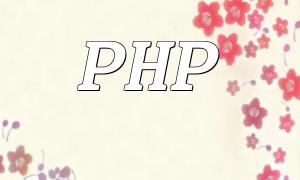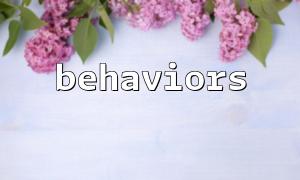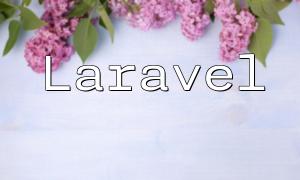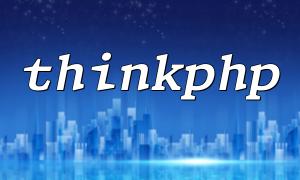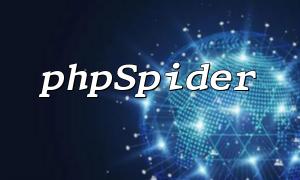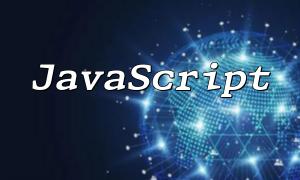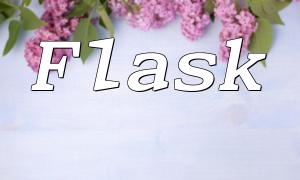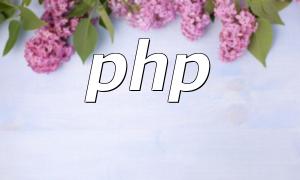In today's digital age, learning programming has become one of the essential ways to improve personal skills. PHP, a widely used server-side scripting language, offers powerful features and flexibility for developers. This article provides a PHP beginner's guide to help you soar freely in the world of programming.
PHP is an open-source language with extensive documentation and community support, making it easier for beginners to learn and master. Its simple syntax and powerful features make PHP an ideal choice for building dynamic websites and applications. Additionally, PHP is compatible with various database systems, especially MySQL, which greatly enhances development efficiency.
To get started with learning PHP, you first need to install the PHP environment. Here are the simple steps:
1. Download the PHP installation package.
2. Install a web server (such as Apache or Nginx).
3. Configure PHP to work with the web server.
4. Test if PHP is installed successfully by creating an info.php file with the following code:
phpinfo();
?>
Place this file in the web server's root directory and visit http://localhost/info.php to see the PHP configuration details.
In PHP, code typically starts with <?php and ends with ?>. The basic output statement is echo, as shown below:
echo "Hello, PHP!";
?>
Understanding PHP variables and data types is the foundation of programming. PHP supports various data types, including strings, integers, floating-point numbers, booleans, and arrays. Variables in PHP must begin with the $ symbol, for example:
$name = "Alice";
$age = 25;
$height = 5.5;
$isStudent = true;
?>
Conditional statements and loops are the core of controlling program flow. PHP supports if, else, switch statements, as well as for, while, and foreach loops. Here is a simple example:
$number = 10;
if ($number > 0) {
echo "Number is positive.";
} else {
echo "Number is non-positive.";
}
for ($i = 0; $i < 5; $i++) {
echo $i;
}
?>
PHP is often used in conjunction with MySQL databases. You can use the PDO or MySQLi extensions to interact with databases. Below is a basic example of using PDO to connect to a MySQL database:
$dsn = 'mysql:host=localhost;dbname=testdb';
$username = 'root';
$password = '';
try {
$db = new PDO($dsn, $username, $password);
echo "Database connection successful.";
} catch (PDOException $e) {
echo "Database connection failed: " . $e->getMessage();
}
?>
Mastering PHP is an important step in your programming journey. In this PHP beginner's guide, we explored the basic concepts and environment setup, laying a solid foundation for you. By furthering your PHP knowledge, you will be able to develop rich and dynamic web applications, flying higher and further in the world of programming. We hope you continue progressing on your coding path and enjoy the fun of programming!
